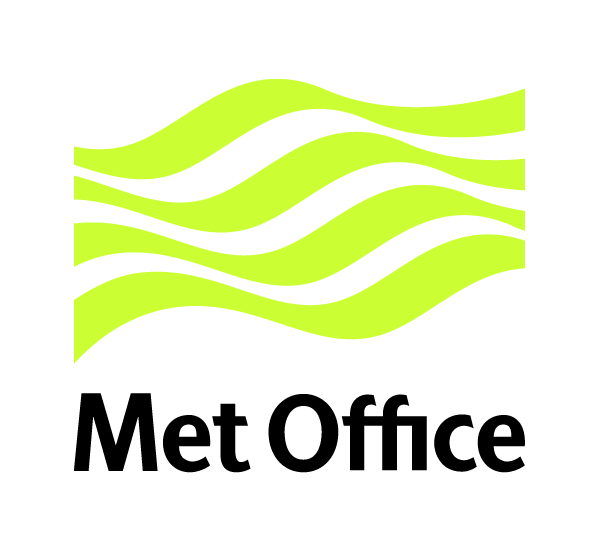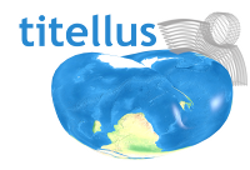“Long term exposure to air pollutants is associated with increased mortality, warns a major UK report published this week, which has also defined the most useful measure of air pollution in developing strategies to reduce adverse effects on health.”
– British Medical Journal (BMJ 2009;338:b2532)
In terms of human health, individual exposure to poor air quality can be actively managed by choosing walking and cycling routes that take people away from the most polluted areas (e.g. busy roads with a high number of buses and lorries).
The challenge
In Cambridge, as well as some London boroughs, a number of pollution maps have been generated and overlaid over mapping to help walkers decide on routes. The challenge is to extend this across the UK.
The Cambridge version uses air pollution maps based on the Modelled Annual Mean NO2 Concentrations 2005 dataset which are then overlaid on a map of the roads and paths in the area:
http://walkit.com/showcase/air-pollution-aware-walking-routes-in-cambridge/.
Average levels of NO2 pollution along each road or path segment are calculated through a measure of NO2 exposure by looking at each road or path segment’s average NO2, and its length. A route is then chosen that minimises the overall exposure.
Data Resources(s)
In addition to utilising street mapping data (e.g. from Ordnance Survey), Defra has air pollutant concentration data for all major roads in urban areas, see:
http://uk-air.defra.gov.uk/data/gismapping
http://uk-air.defra.gov.uk/data/pcm-data
Local authority air quality management area boundaries can also be provided by Defra for the challenge.
Other air quality data available is outlined here (pdf document): http://uk-air.defra.gov.uk/reports/cat14/1307241318_Guide_to_UK_Air_Pollution_Information_Resources.pdf
The Department of Transport publishes data regarding traffic flows on major roads. http://www.dft.gov.uk/traffic-counts/
This challenge is sponsorted by Defra




































